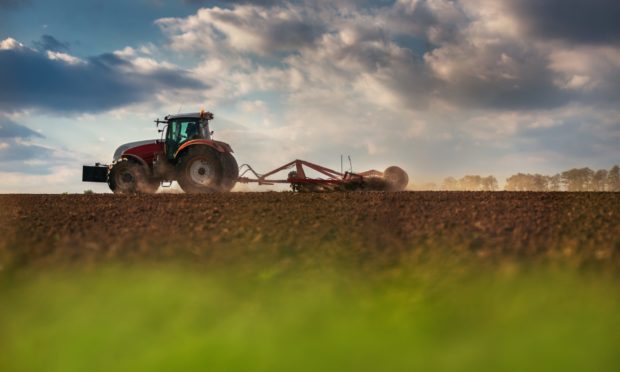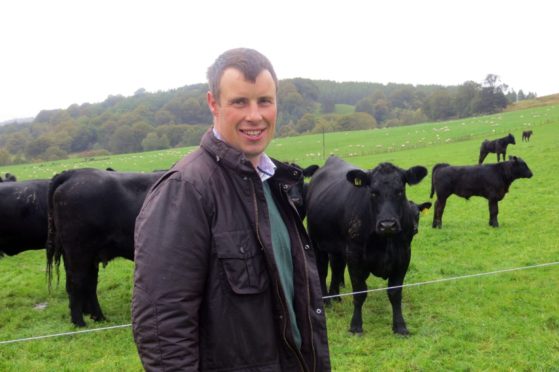Regenerative agriculture could offer the “silver bullet” to balancing food production with tackling climate change.
That was the message from Natasha Smith – a policy analyst at rural land agency Savills – speaking at an online seminar on the practice earlier this week.
She said agriculture was seen as both a villain and a hero against the backdrop of a global agenda to tackle climate change and reduce emissions, however regenerative agricultural practices could offer a solution to this.
“Regenerative agriculture is not simple, but in its broadest terms it’s a farming approach which aims to work with natural systems to restore and enhance biodiversity,” said Ms Biddell.
“Soil health is the focal point that ties regenerative systems together and Scotland’s net-zero by 2045 target will be a key driver for action across the industry.”
She said the five core principles of regenerative agriculture are: to minimise soil disturbance; to keep the soil covered and build its organic matter; to maintain living roots all year round; to integrate livestock; and to maximise species diversity.
Perthshire farmer Alex Brewster, who operates a regenerative agriculture system at Rotmell Farm, said putting less, rather than more, onto the land had paid dividends for him.
He said: “The more you push onto the soil and the more chemicals and pesticides that you apply, the more you need and hence the bigger more-on you become. But the less you do, the greater the impact you have per hectare and the more you are getting back.”
Mr Brewster, who has won awards for his soil restoration work at his livestock farm, added: “I’m choosing the best of both worlds where you can be sustainable, regenerate soils and have a fully functional livestock system.”
He said he was focused on building organic matter into the soil at Rotmell, and said a 1% increase in soil organic matter can sequester 9 tonnes of carbon dioxide per hectare.
He urged anyone interested in adopting a more regenerative approach to farming to have a clear plan of what they want to achieve, and to start small with 10-15% of their land so they don’t overwhelm themselves.
Meanwhile, Savills has launched a new natural capital service to help farmers and landowners protect and enhance their natural assets.
The company said the service was designed to help rural business owners identify, assess and enhance their rural assets, while also reducing and mitigating the impact of their operations on the environment.
“The climate crisis will rightly be a critical driver in decision making at all levels now and into the future,” said William Hawes, who has been appointed head of natural capital for Savills in Scotland.
“Scottish rural businesses have a unique opportunity to contribute to the solution through their extensive natural capital resources. As such this is a really exciting time for the Scottish rural sector as it plays a central and expanding role in enhancing the environment through land management.”


